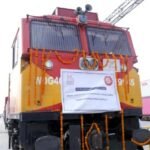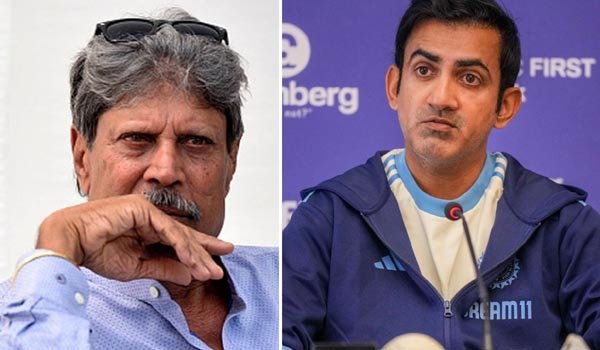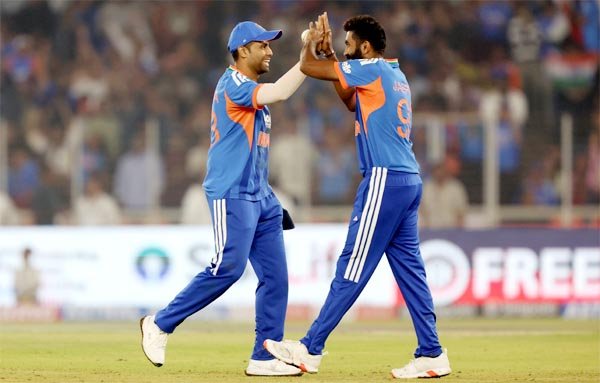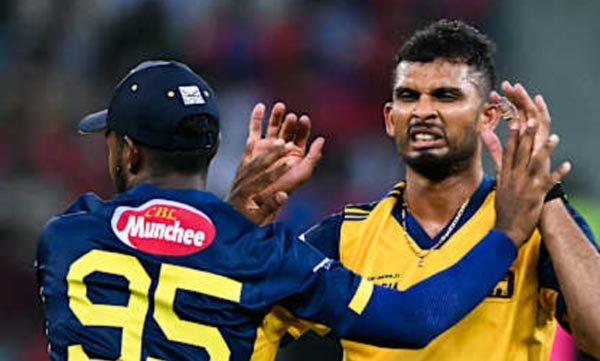New Delhi, Oct 3 (UNI) Chief of Air Staff, Air Chief Marshal AP Singh today said India’s response to the Pahalgam attack was driven by a clear national directive to make those responsible “pay a price” for killing innocents, and that the resulting operation achieved its objectives swiftly.
“In the aftermath of what happened in Pahalgam, we all know. We took a decision that we have to make them pay a price for whatever they have been doing, to avenge the killing of innocents,” Air Chief Marshal Singh said, while addressing the Annual Press Conference here.
“A clear directive, a clear mandate was given to the armed forces, and the Indian Air Force was the prime stakeholder in that — in terms of two major targets out of nine that were chosen,” he said.
Describing the three- to four-day conflict with Pakistan Singh said the operation would be recorded in history as one that began with a focused objective and was brought to an end quickly. “This is one war that was started with a very clear objective, and it was terminated in a quick time without prolonging it,” he said.
Singh added that India’s military pressure had forced the adversary to seek a ceasefire and terminate hostilities. “We could make them reach a stage where they requested for ceasefire, for termination of hostilities. Also, we took a call as a nation to terminate those hostilities because our own objectives were met. This is something that the world needs to learn from us,” he said.
“Attacking terrorist camps and giving a befitting reply was always part of our plan. The Indian Air Force, Indian Army and Indian Navy assets were merged together, and that was a game changer,” the IAF Chief said.
He added, “As far as offensive action is concerned, indigenously-developed weapons were used. Long-range weapons were used with good precision and penetrating 200 plus km inside. We were able to strike with precision with minimum collateral … trying our best not to have any casualties from civilian sides. We were able to bring them to their knees with just one night of intensive operation”.
The IAF highlighting its catastrophic fire power, emphasizing that the operation proved to be “achook (infallible), abedya (impenetrable) and sateek (precise), the Air Chief Marshal said.
From the planning stage, all three services worked seamlessly together, he added.
During Operation Sindoor, the Indian Air Force also airlifted people of Indian origin from international crisis zones, showcasing their commitment beyond combat.
Reflecting on the year, Singh said, “It has been a good year, but we need to do more and better for the future as warfare will be different. We must be ready for that.”
On India’s air defence capabilities, Singh praised the performance of the S-400 missile system. “Obviously, it has done well. There is a requirement to have more such systems; there is no limit to the numbers we can acquire. I’m keeping quiet on what the plan is, but it has proved to be a good weapon system. We are also developing our own systems and will take calls accordingly.”
The Air Chief also stressed the need to modernize the IAF fleet. “We are looking to replace old aircraft and need two squadrons every year — that is 30 to 40 aircraft annually.”
On the challenges posed by China, Singh acknowledged that these would continue, noting, “Preparation is always ongoing. The terrain challenges on our eastern front are very different from those on the western border.”
He reaffirmed the IAF’s dedication, “We are always committed, and whenever and wherever we are needed, we will be there anytime. For us, nationalism always comes first.”
Air Chief Marshal Singh also thanked the media for its responsible role during Operation Sindoor saying that it helped clear out the misinformation being spread due to a number of fake news.











